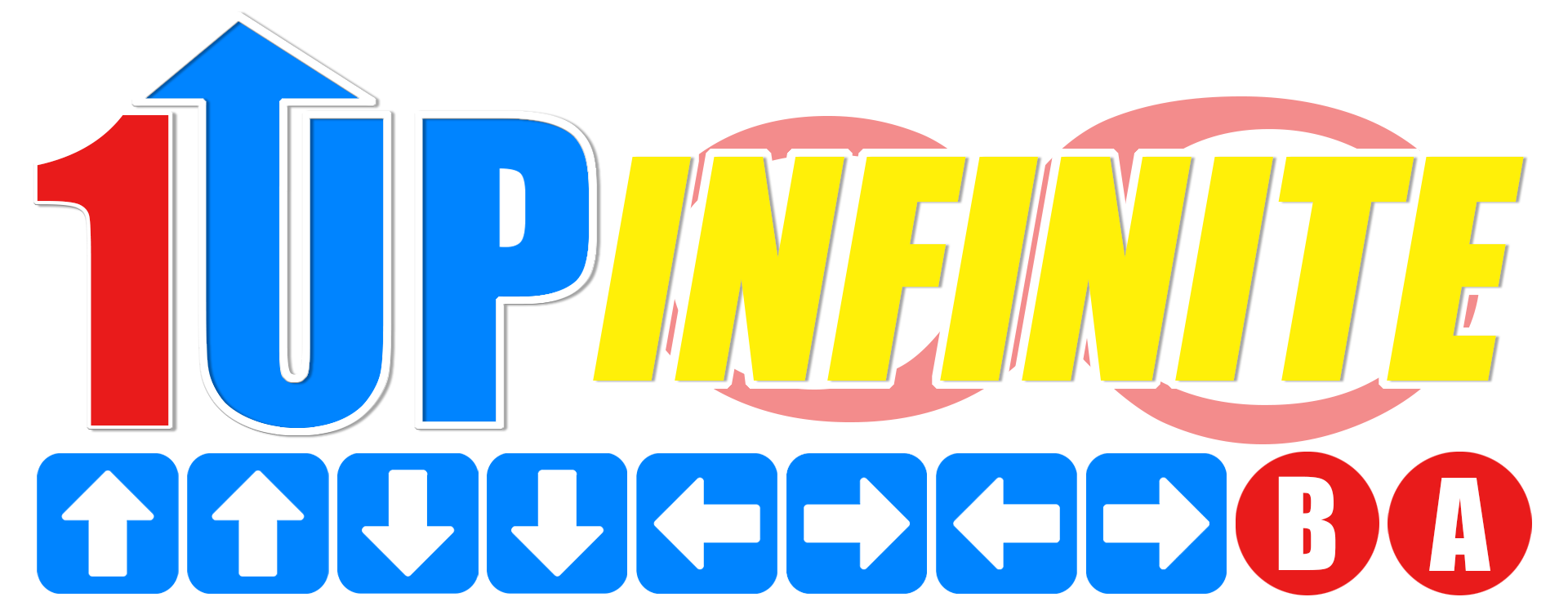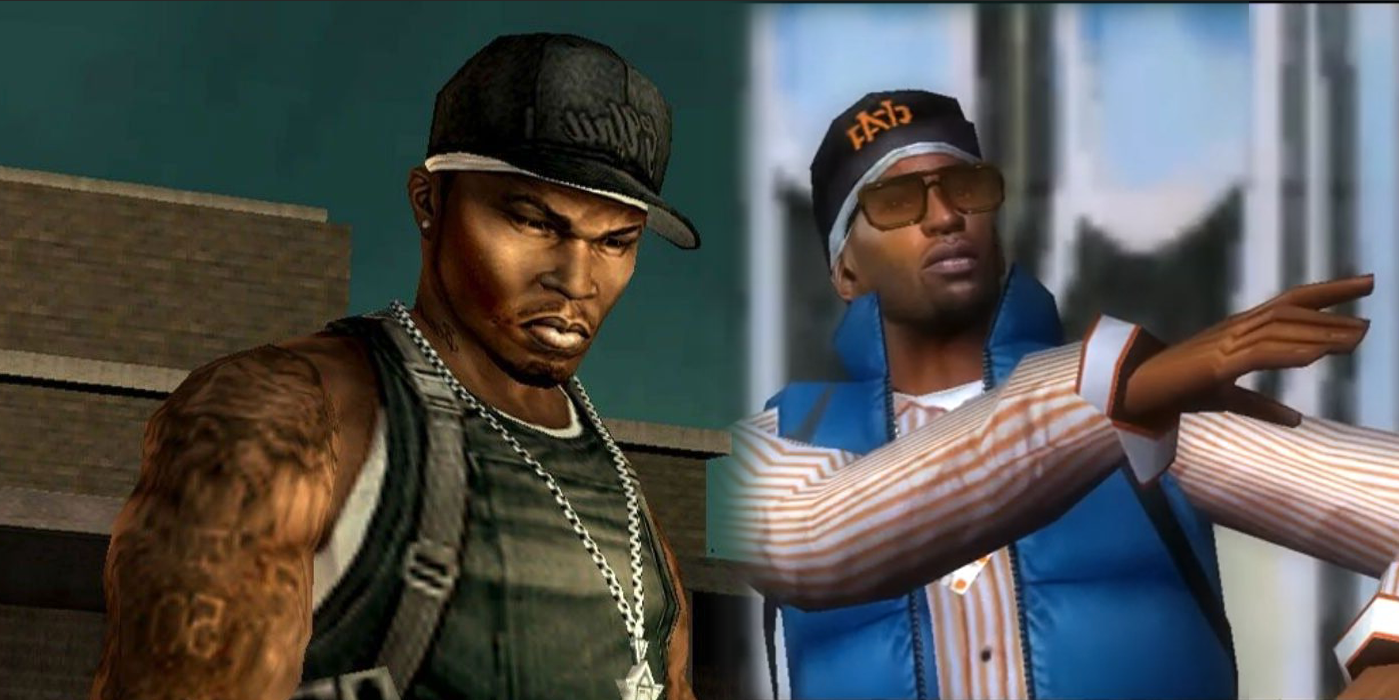As is the case with most pieces like these, I was listening to a piece of media that would usually have no relation to the topic of video games. However, this time around, it would be Outkast’s ATLiens of all albums that would get me to think about how larger than life being a rapper truly is. At the time, what stood out for me on that cover album was the comic book influences, from the cover art to the insert showing the adventures of Andre 3000 and Big Boi fighting an evil omnipotent being.
Now this can be chalked up as rappers appeasing the nerd in all of us, but then you have entire groups like the Wu-Tang Clan who have all based their personae on various comic book heroes. Ghostface Killah is Ironman, Method Man is Johnny Blaze, and even some of the more iconic albums like GZA’s Liquid Swords. It would be due to the Wu-Tang being synonymous with the “Blerd” culture that games like Wu-Tang Shaolin Style were created. It was a subpar game, born from the husk of Thrill Kill, a canceled arena fighter that was notorious for its controversial content.

However, it was one of the first games to feature a hip-hop cast and made them the larger-than-life alter egos that they boast in their songs. I remember Method Man was a power character, ODB (RIP) was a drunken master, and Inspectah Deck was a ninja if I recall correctly. These weren’t the rappers that I was used to seeing on television or listening through my radio, but rather these were characters. Fictional characters are birthed from the dynamic imagination that only a performer can provide.
This segues into Def Jam Vendetta and Fight For NY, in which I discussed for the former how the Japanese version had exclusive Japanese rappers that weren’t in any other region. Inspired by anime including Fist Of The North Star, their personalities and their finishing moves were all “larger than life,” like a shounen hero. It’s rare to see rappers from other regions placed in the same “larger than life” category as featured in Western-developed video games, but when it does, the same principles are applied.

Rapping and hip-hop, like all forms of music, are branched in storytelling, meaning when I saw Flava Flav with his clock around his neck, blurting out ad-libs while Chuck D boasts revolutionizing lyrics in Public Enemy, it wasn’t so off-beat to see Flav commit to an eccentric “Drunken Boxing” style in Fight For NY. Even Snoop Dogg played the eccentric villain, Crow, donned a “pimp cane” that doubles as a sword as well as a very flashy Jeet Kune Do-style martial art that I am not sure Snoop could do even while medicated.
One of the most underrated action-platformers from the 2000s was Marc Ecko's Getting Up, a game that is long due for a deep dive. In it, hip-hop is celebrated as a culture with references to the music, an exaggerated dystopia metropolis, and of course, painting said metropolis with graffiti and "vandalism."
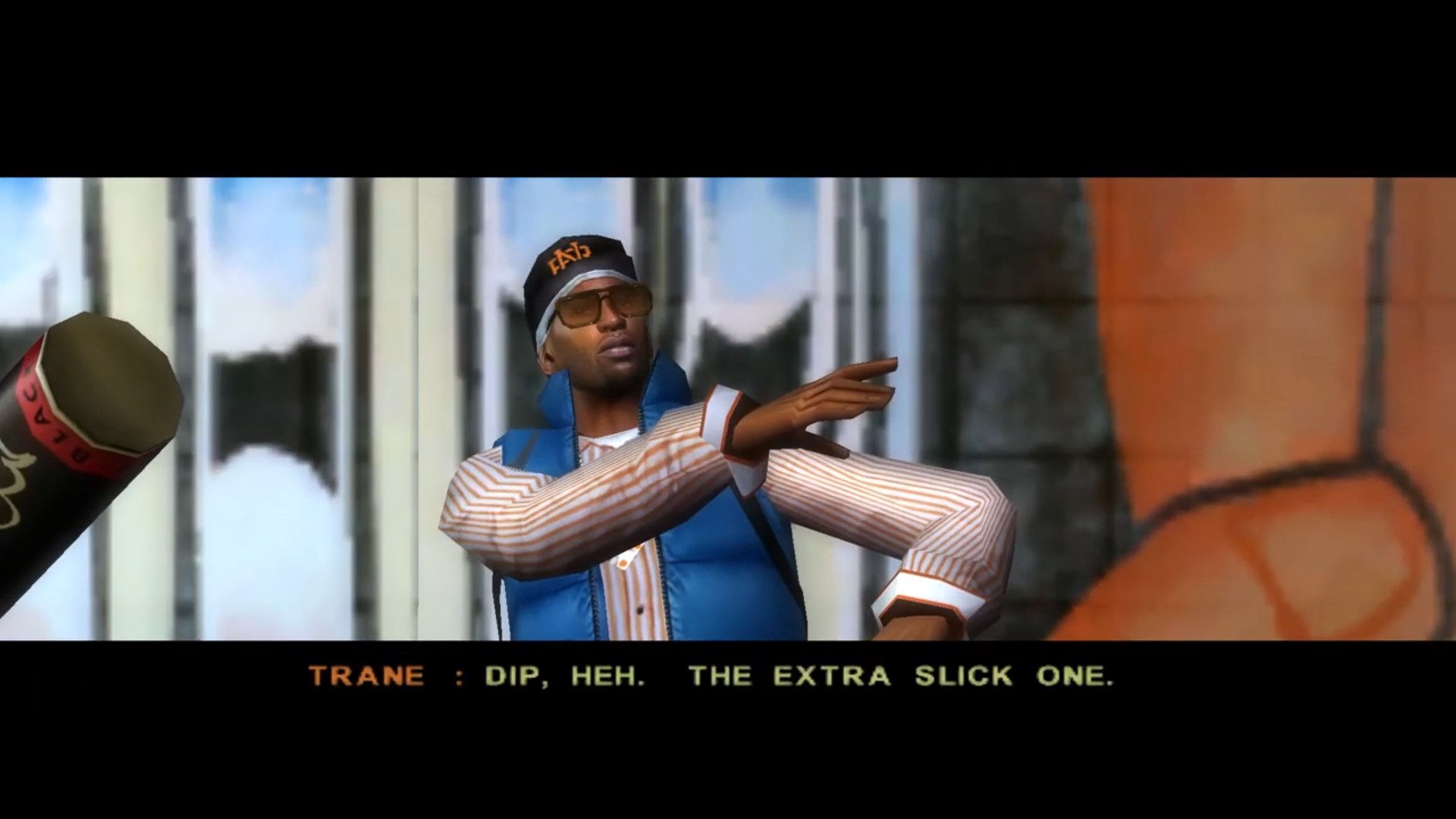
While Jet Set Radio had this concept beat (no intended pun for the actual character named Beat), Getting Up opted for a grittier and more realistic approach while still making rappers into superheroes. The protagonist, Trane, was voiced by rapper Talib Kweli. Kweli was also part of a star-studded cast featuring P. Diddy of all rappers, portraying Dip, one of Trane's rivals.
I found it amusing to hear a remix of Biggie Smalls's "Who Shot Ya?" as Dip's boss theme when the player fights him, considering the legacy Biggie and P Diddy left behind with Bad Boy in the 90s. The fight itself is simple but even the thought of seeing P Diddy use a designer belt as a whip is too entertaining not to experience.
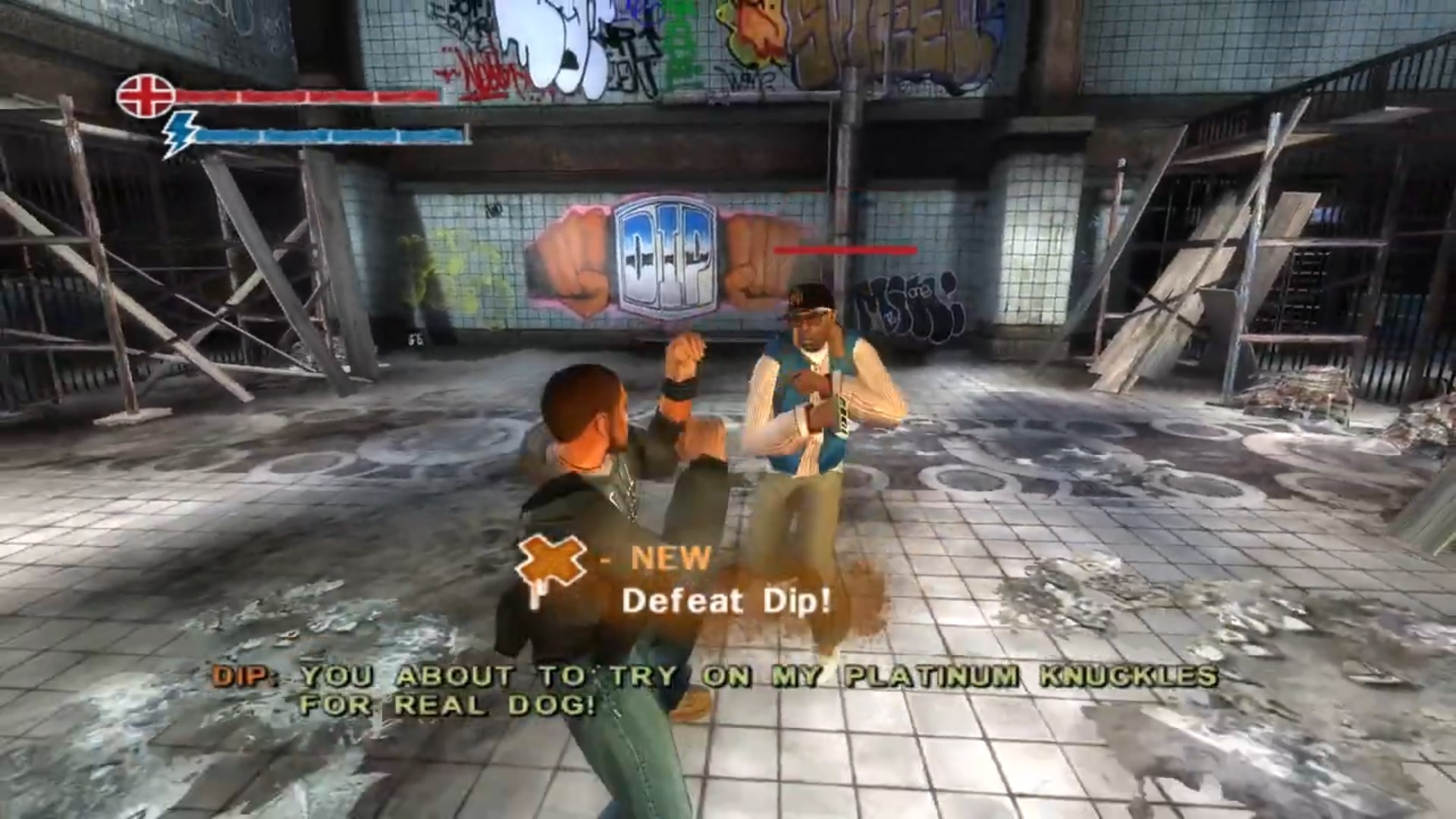
The point I’m trying to make here is that rappers and video games always go hand-in-hand. Sometimes, rappers want to carry as much heat as they can and save the hood by destroying it, just like 50 Cent Bulletproof. Sometimes, these wacky ideas are enough to warrant sequels like Blood In The Sand and both titles are not bad at what they do! Causing wanton destruction while listening to an early G-Unit catalog and having cameos including Eminem and Dr. Dre is one thing. Doing all of this while providing a player with fantastic gameplay is another.
Sometimes there are hits and misses, specifically when rappers try to do too much in capturing what it means to be a rapper. I recall a game titled Get On Da Mic which played worse than the title sounded. I knew it was going to be absolute junk as at that time, karaoke and rhythm game peripherals were just starting to pick up thanks to the Dance Dance Revolution craze. Plus with Jadakiss on the cover, I thought the game would be at least halfway decent if one of my favorite rappers endorsed it, right?
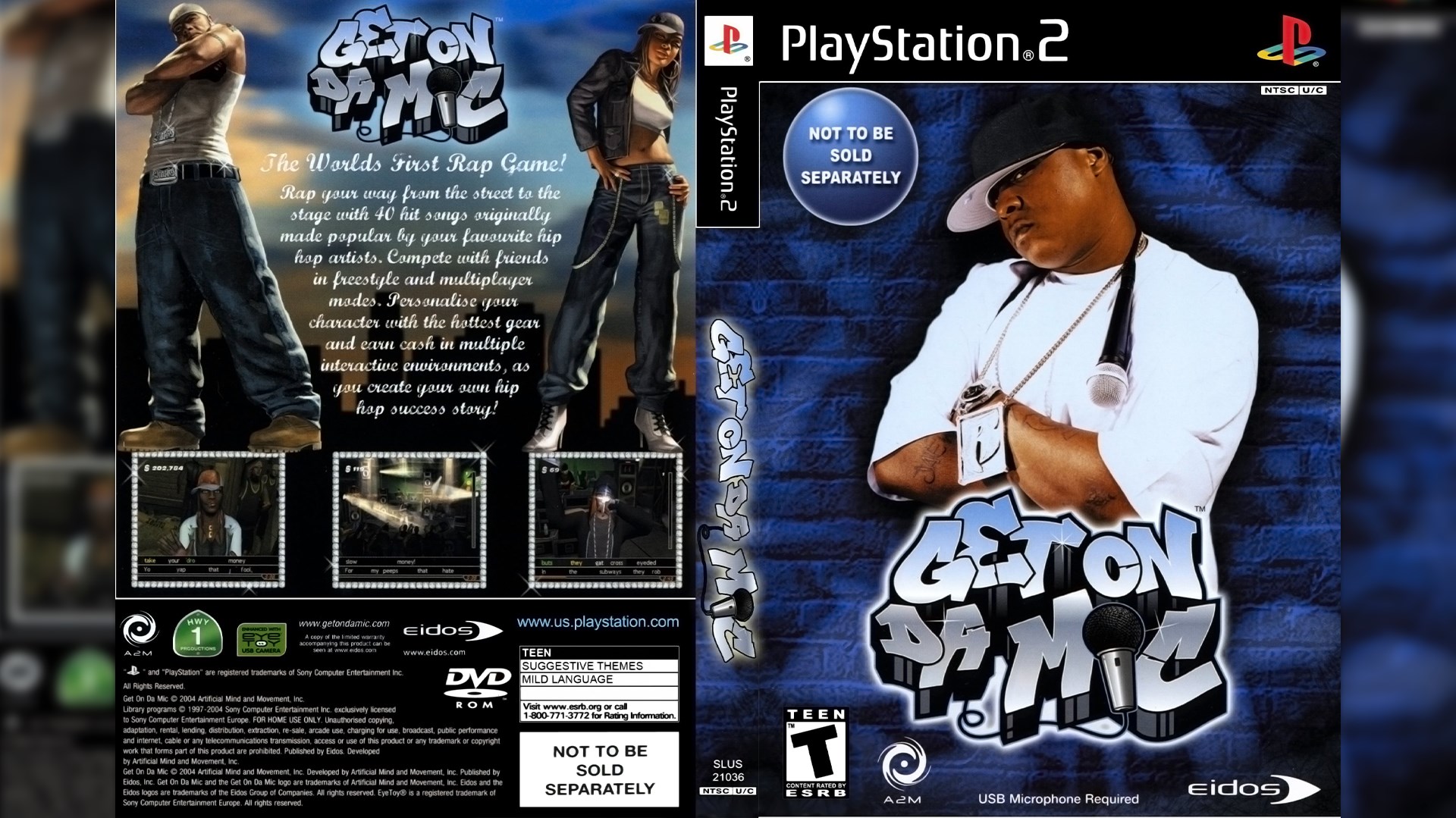
To this day, I do not know why Jadakiss tied his likeliness to it because I’ve never seen a worse “karaoke” style game that tried everything it could to be as cliche and as much of a stereotype as it possibly could. They can’t all be winners, despite developers trying to blend “rapping” and “rhythm” unsuccessfully. Games like Jet Set Radio Future embraced hip-hop culture in a far better way, but none of them featured actual rappers aside from cameos in the form of graffiti tags.
Lately, there haven’t been many rappers tied to video games as often as I would like. I always thought it was an interesting concept to bring characters that people portray in songs “to life” in video game form. It seems like the most humbling way to be immortalized, especially when someone says “I main Sticky Fingaz in Def Jam Fight For NY” but never once heard an Onyx song a day in their life.
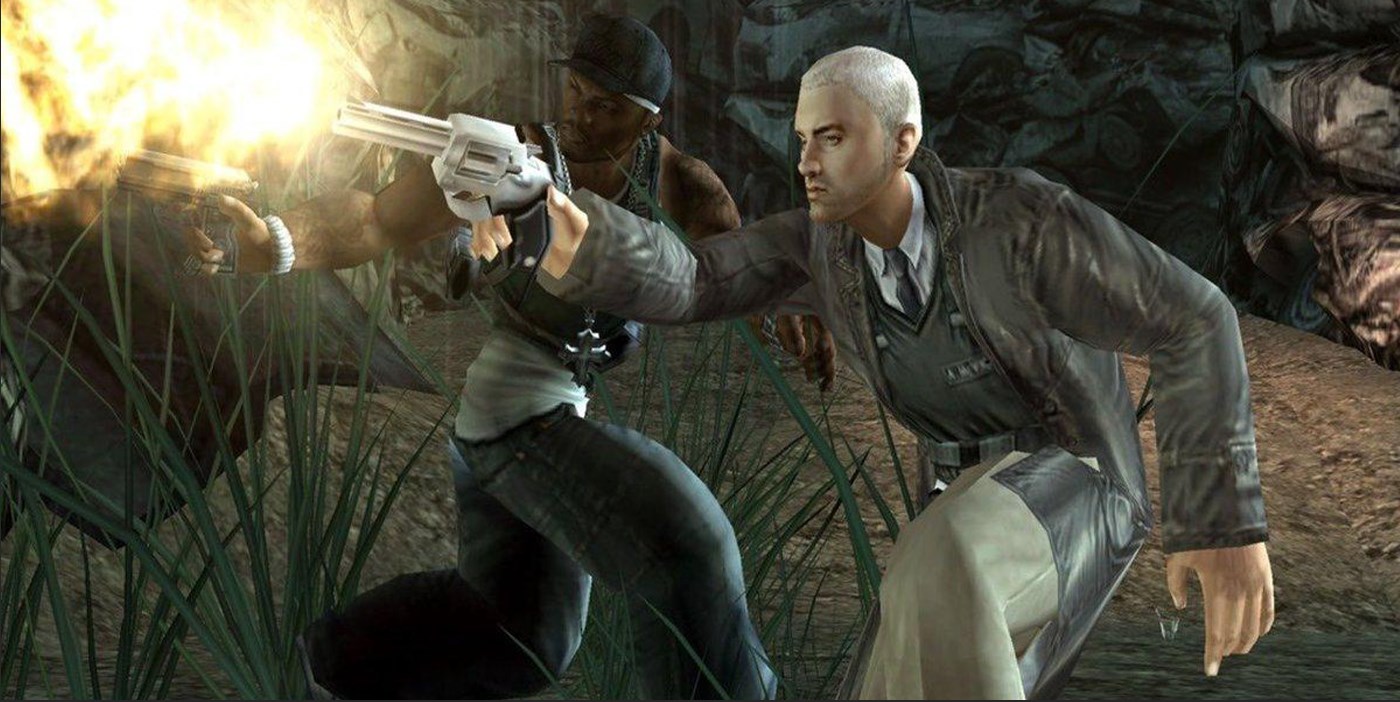
Well, if you play a little game that was released last year that was heavily panned called Saints Row, there are several Onyx songs for players to get acquainted with! This is also not a pitch to try Saints Row or defend it, although I won’t shy away from mindless, harmless fun.
